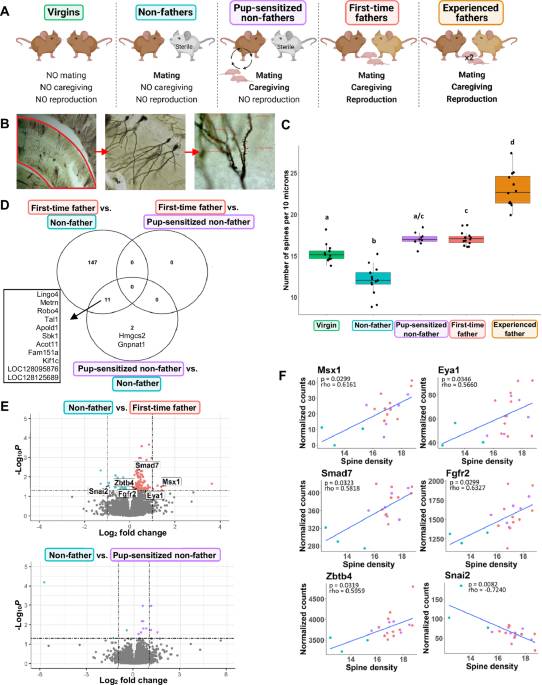Breakthrough Enzyme Unlocks Lignin for Green Bio-Manufacturing

① 🪝 Impression Hook
Like a molecular locksmith, a newly discovered enzyme cracks open stubborn plant walls to release green gold—without the usual toxic tools.
② 🗺️ Schema Map (30-second overview)
🔑 Point A — Scientists identified a novel fungal enzyme, *Aae*UPO, that efficiently breaks down lignin, a major component of plant biomass.
📈 Point B — This enzyme outperforms existing biocatalysts in mild conditions, reducing energy and chemical waste in biofuel production.
📉 Point C — Lignin has long been a bottleneck in sustainable bio-refining due to its complex, resilient structure.
🌐 Point D — The discovery opens doors to scalable, eco-friendly biomanufacturing of fuels, plastics, and fine chemicals from non-food plants.
TL;DR: A breakthrough enzyme unlocks lignin for sustainable bio-industries.
③ 🧩 Triple-Chunk Core
Chunk 1 – What happened
Researchers discovered AaeUPO, a peroxygenase enzyme from the fungus Agrocybe aegerita, capable of selectively cleaving lignin’s strong bonds under mild, green conditions.
Chunk 2 – Impact
This enables efficient, low-waste conversion of agricultural residues into valuable aromatics and biofuels, potentially slashing industrial reliance on fossil-derived chemicals.
Chunk 3 – Insight
Nature’s hidden fungal biochemistry offers precision tools for circular economies—where waste biomass becomes a high-value feedstock.
④ 📚 Glossary
Lignin — A complex organic polymer in plant cell walls that resists degradation, making biomass processing energy-intensive.
Peroxygenase — An enzyme that uses hydrogen peroxide to insert oxygen into chemical bonds, enabling selective oxidation.
⑤ 🔄 Micro-Recall
Q1: What organism produces the AaeUPO enzyme?
A1: The fungus Agrocybe aegerita.
Q2: Why is lignin difficult to break down?
A2: Its dense, irregular structure resists most chemical and biological degradation.
Q3: What makes AaeUPO better than current methods?
A3: It works efficiently at low temperatures without harsh solvents or high energy input.
⑥ 🚀 Action Anchor
for biofuel and green chemistry decision makers:
1️⃣ Invest in enzyme-driven biomass refining to cut processing costs and emissions.
2️⃣ Partner with biotech labs to scale AaeUPO production via fermentation.
3️⃣ Redirect R&D toward fungal peroxygenases as next-gen biocatalysts.
The future of green manufacturing is fungal.